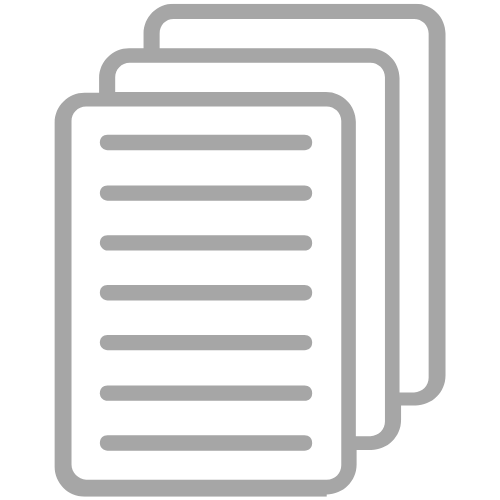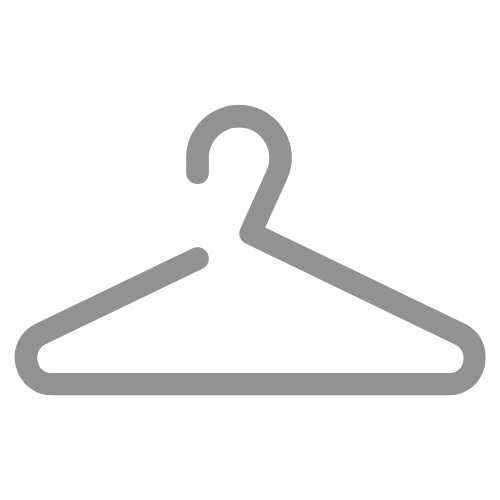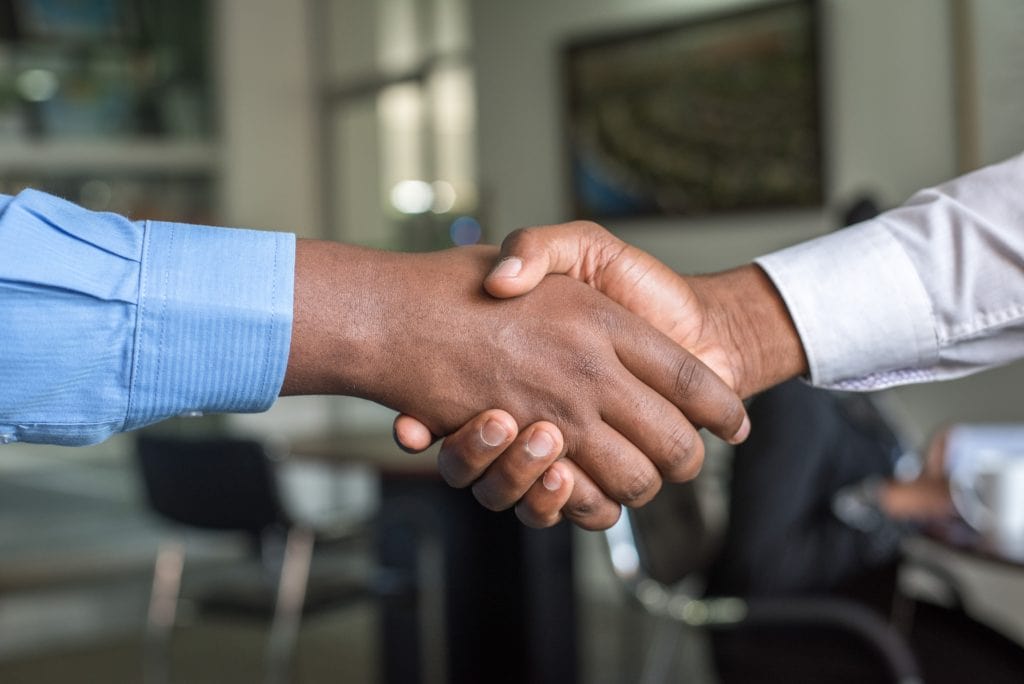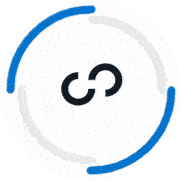Let’s face it: formal introductions can be a bit tense.
It’s common to feel jittery when meeting someone for the first time — and this is especially true when introducing yourself at a job interview (where the stakes are high and you really want to make a good impression).
When you first arrive on-site for an interview, your mind will likely be racing. You’ll be mentally reviewing all the preparation you did: how to describe your experience, why you admire the company, questions they may throw at you, etc.
But before you reach any of those talking points, you’ll need to go through the introductions first. And this initial step is crucial. A strong first impression goes a long way — and it can help set the vibe for the rest of the conversation.
In this article, we’ll cover essential tips on how to properly introduce yourself at a job interview.
With these guidelines, you’ll be able to kick off the meeting with confidence and professionalism — ultimately getting you one step closer to landing the job!
Preparation And Practicing Your Introduction
As with most things in life, proactive preparation yields better results. Here are two simple steps you can take prepare yourself for a solid introduction:
#1. Research Your Interviewer(s)
When a company schedules an interview, they’ll typically provide the names (and titles) of the people who will be interviewing you.
This is valuable information because it gives you a chance to familiarize yourself with the individuals you’ll be meeting (you can use LinkedIn to check out their profiles).
Doing so will eliminate any surprises/guesswork when you first encounter them in person. For example, if you’re scheduled to meet with multiple interviewers, you’ll be able to identify and address each of them by name right off the bat.
#2. Practice Your Introductions
We’ve all heard, “practice makes perfect” — and there’s no reason that wouldn’t apply in this context.
Write down your introductory lines and practice saying them out loud. To take this one step further, you can also practice in front of a mirror or with friends/family. It may feel a little silly, but try to have some fun with it!
How To Introduce Yourself When You Arrive
Obviously, the most important interactions during a job interview will take place at the interview table. However, you shouldn’t overlook the moments leading up to the interview (i.e. arriving in the reception area).
To understand how to best introduce yourself upon arrival, let’s first explore the most common mistakes…
When you first show up to the office, don’t assume the front desk staff knows who you are or why you are there.
Here Are Some Examples Of What Not To Say:
“Hi, I’m here for my interview at 12.”
“Hi, I’m here for my interview about the account executive position.”
Instead, You Should Be Including:
- Your full name
- The reason you’re there
- Who you are meeting with
- The scheduled time of the interview
Here’s An Example Of A Proper Introduction At The Front Desk:
“Hello, my name is Thomas Green. I’m here for my interview with Shelby Jennings at 2:00.”
Notice how this introduction is polite, clear, and sets a tone of professionalism the moment you walk in the door.
How To Introduce Yourself To Your Interviewer(s)
After you’ve announced your arrival at the front desk, you’ll most likely be asked to take a seat and wait for your interviewers. They may have you wait in the reception area or escort you to the interview room.
Regardless of where you’re waiting, your initial introduction to the interviewer(s) will remain the same…
Here Are Four Elements You Should Strive To Include In Your Introduction:
- Their name (e.g. “Hi Diane”)
- Your FULL name (e.g. “I’m Jane Foster”)
- A pleasantry (e.g. “It’s a pleasure to meet you”)
- A statement of gratitude (e.g. “Thank you for taking the time to speak with me today”)
So, combining the above elements together, here are some examples of a powerful introduction:
“Hi Diane, I’m Jane Foster. It’s a pleasure to meet you. Thanks for taking the time to speak with me today.”
Alternative:
“Hi Diane, I’m Jane Foster. It’s great to meet you in person. I’m looking forward to discussing this opportunity with you today.”
5 Tips On Manners And Body Language
A large percentage of human communication is non-verbal. Meaning, your body language and gestures are as important as the words coming out of your mouth.
Above, we covered what you should say. Now, let’s review how you should say it (and other considerations for how to conduct yourself).
#1. Stand Up
You should always introduce yourself in a standing position. If you are seated when the interviewer arrives, stand up before shaking their hand.
#2. Speak Clearly
Use your diaphragm! Avoid speaking softly or mumbling. Also, don’t rush your words — say them with conviction to project confidence.
#3. Firm Handshake
When shaking hands, grip the person’s palm firmly at the base of the thumb. Don’t fall victim to the dreaded “dead fish” or “finger shake.”
#4. Eye Contact
Maintaining eye contact is essential during an introduction. Remember to smile as well — otherwise, it may come across a tad intense.
#5. Accept The Water
You’ll probably be offered a glass of water at some point. Even if you’re not thirsty, say yes. Doing so helps foster feelings of hospitality and receptiveness.
Following Up After The Interview
We’ve now covered the essential tips you need to make a strong, professional introduction. Following these guidelines will help ensure you start your next job interview with your best foot forward.
Now let’s switch gears and turn our focus from the introduction to the conclusion. The interview is over once you leave the room — but you still have one critical final step to take: the post-interview thank you email.
No matter how well the interview went, you should ALWAYS follow up with an email to thank your interviewers. But there’s more to it than saying ‘thank you.’ A post-interview email is another valuable opportunity to stand out in the eyes of your interviewers.
For help crafting the perfect post-interview message, check out our templates for the most effective post-interview thank you emails.





























